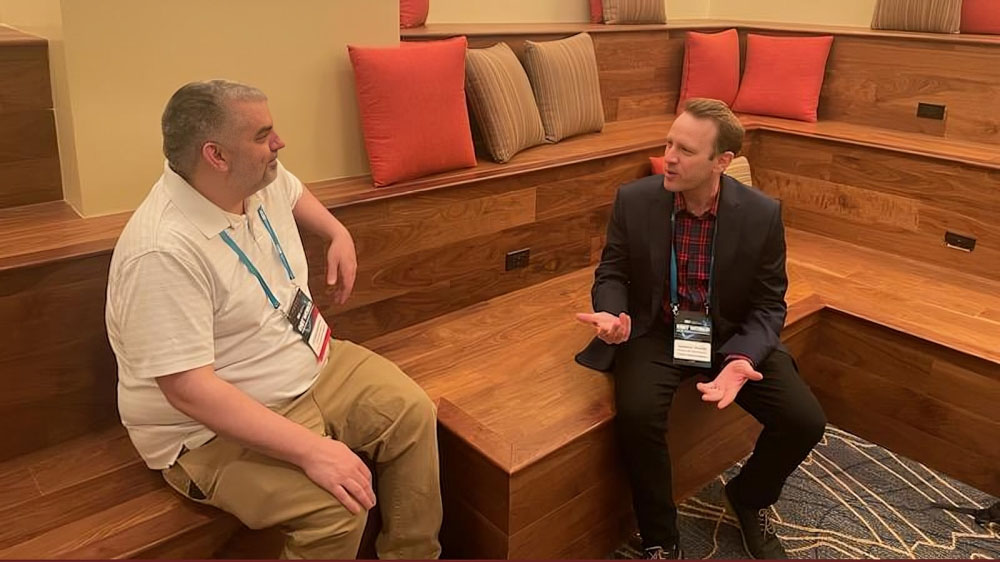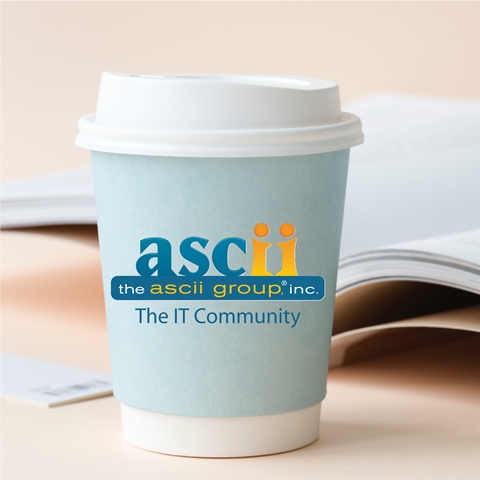Red Hat, Inc., the world’s leading provider of open source solutions, today announced new products and capabilities aimed at helping enterprises launch edge computing strategies built on an open hybrid cloud backbone. New features in Red Hat OpenShift and Red Hat Advanced Cluster Management for Kubernetes enable organizations to address the needs of demanding edge workloads, like the use of artificial intelligence (AI) and machine learning (ML) in industrial manufacturing use cases, allowing them to more seamlessly manage and scale hybrid cloud environments from a single point.
As the amount of data, number of devices and new technologies continue to grow, organizations are seeing the benefits of edge computing. According to a survey by Analysys Mason, edge computing is a top strategic priority for many operators with 30% of them already in the process of deploying an edge cloud while 57% are currently outlining their plans to do so in the next year.
Edge computing helps organizations scale their infrastructure, supports new latency-sensitive applications and fuels innovation with data insights by processing data closer to the source. This creates a need for computing to move from centralized datacenters to far, distributed locations. This means that computing actions, including data processing and analysis, must often be taken closer to the producer or consumer of data and insights, rather than at a central datacenter to avoid latency, bandwidth constraints and other challenges. Flexible, scalable and reliable technologies are key to the success of edge computing, and in Red Hat’s view, provides a perfect use case for enterprise-grade Kubernetes.
Kubernetes is designed to scale and extend across environments without bias, providing the same operational consistency at the edge as it does in the cloud. The open standards from which Kubernetes is derived offer high levels of interoperability and compatibility with existing core datacenter systems, while the flexible nature of the container orchestration engine mean it can serve as a launchpad for even newer innovations.
Red Hat believes that Kubernetes and its supporting technologies provide a perfect blend of power, reliability and innovation for edge computing, highlighted by the latest enhancements to Red Hat OpenShift and the newly-launched Red Hat Advanced Cluster Management for Kubernetes.
Extending open hybrid cloud to the edge
Red Hat already offers a powerful and scalable portfolio of open hybrid cloud technologies, from the world’s leading enterprise Linux platform in Red Hat Enterprise Linux to one of the industry’s leading enterprise Kubernetes platforms in Red Hat OpenShift. With our Middleware portfolio and developer tools, Red Hat provides Kubernetes-native capabilities to develop fast, lightweight and scalable edge applications with data aggregation, transformation and connectivity to support event driven business. Today’s enhancements to these solutions further bolster Red Hat’s ability to support wide-ranging edge deployments, further backed by an extensive, certified ecosystem of hardware, software and services partners.
Red Hat’s new capabilities intended for edge use cases include:
- 3-node cluster support within Red Hat OpenShift 4.5, bringing the full capabilities of enterprise Kubernetes to bear at the network’s edge in a smaller footprint. Combining supervisor and worker nodes, 3-node clusters scale down the size of a Kubernetes deployment without compromising on capabilities, making it ideal for edge sites that are space-constrained while still needing the breadth of Kubernetes features.
- Management of thousands of edge sites with Red Hat Advanced Cluster Management for Kubernetes along with core sites via a single consistent view across the hybrid cloud making highly scaled-out edge architectures as manageable, consistent, compliant and secure as standard datacenter deployments.
- Evolving the operating system to meet the demands of the edge with the continued leadership and innovation of Red Hat Enterprise Linux, backed by the platform’s long history of running remote workloads.
Supporting Quotes
Chris Wright, senior vice president and chief technology officer, Red Hat
“The next generation of hybrid cloud applications isn’t confined to a corporate datacenter or even a public cloud deployment; instead, these innovations will exist at least in part at the edge of global networks, answering consumer demands and solving business challenges with the power that comes from near-real-time processing and analysis. This future at the edge is powered by data, 5G, Linux containers and Kubernetes. Edge computing has become an integral part of Red Hat’s open hybrid cloud strategy as we work with our ecosystem of customers, partners and communities in developing and maintaining the open technologies for innovation at the edge.”
Suresh Krishnan, chief technology officer, Kaloom
“Exciting new applications in 5G networks will be enabled by edge computing, cloud-native technologies and the hybrid cloud. Our continued collaboration on the Red Hat OpenShift based Unified Edge platform enables service providers to tackle operational challenges associated with deploying the entire edge infrastructure including networking at-scale in an extremely efficient and optimized manner. Kubernetes has become the standard for container orchestration on compute and Kaloom is excited to see that Red Hat OpenShift continues to evolve to meet the needs of service providers.”
Justin Boitano, vice president and general manager, enterprise and edge computing, NVIDIA
“Combining Red Hat OpenShift and the NVIDIA EGX AI platform allows virtually every industry to run their GPU-accelerated AI applications on a unified cloud-native platform from the public cloud to core data center, and now at the edge. This simplifies the management of always-on intelligent edge clusters for real-time AI processing and low-latency 5G signal processing to power the next wave of edge computing.”
Additional Resources
- Learn more about Red Hat’s approach to edge computing
- Learn more about Red Hat OpenShift at the edge and Red Hat Advanced Cluster Management for Kubernetes
- Learn more about AI/ML, Edge, Linux containers and the quest for manufacturing efficiency
- Check out some of our edge customer stories including Vodafone Idea Limited
Connect with Red Hat
- Learn more about Red Hat
- Get more news in the Red Hat newsroom
- Read the Red Hat blog
- Follow Red Hat on Twitter
- Join Red Hat on Facebook
- Watch Red Hat videos on YouTube
- Follow Red Hat on LinkedIn
About Red Hat, Inc.
Red Hat is the world’s leading provider of enterprise open source software solutions, using a community-powered approach to deliver reliable and high-performing Linux, hybrid cloud, container, and Kubernetes technologies. Red Hat helps customers integrate new and existing IT applications, develop cloud-native applications, standardize on our industry-leading operating system, and automate, secure, and manage complex environments. Award-winning support, training, and consulting services make Red Hat a trusted adviser to the Fortune 500. As a strategic partner to cloud providers, system integrators, application vendors, customers, and open source communities, Red Hat can help organizations prepare for the digital future.
Forward-Looking Statements
Certain statements contained in this press release may constitute “forward-looking statements” within the meaning of the Private Securities Litigation Reform Act of 1995. Forward-looking statements provide current expectations of future events based on certain assumptions and include any statement that does not directly relate to any historical or current fact. Actual results may differ materially from those indicated by such forward-looking statements. The forward-looking statements included in this press release represent the Company’s views as of the date of this press release and these views could change. However, while the Company or its parent International Business Machines Corporation (NYSE:IBM) may elect to update these forward-looking statements at some point in the future, the Company specifically disclaims any obligation to do so. These forward-looking statements should not be relied upon as representing the Company’s views as of any date subsequent to the date of this press release.
Red Hat, Red Hat Enterprise Linux, the Red Hat logo, JBoss, Ansible, Ceph, CloudForms, Gluster and OpenShift are trademarks or registered trademarks of Red Hat, Inc. or its subsidiaries in the U.S. and other countries. Linux® is the registered trademark of Linus Torvalds in the U.S. and other countries. The OpenStack Word Mark is either a registered trademark/service mark or trademark/service mark of the OpenStack Foundation, in the United States and other countries, and is used with the OpenStack Foundation’s permission. Red Hat is not affiliated with, endorsed or sponsored by the OpenStack Foundation, or the OpenStack community.
Contacts
Media:
Chelsea Lawrence
clawrenc@redhat.com
252-622-8406














